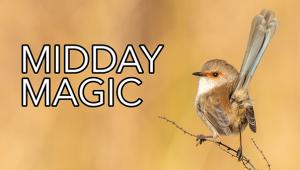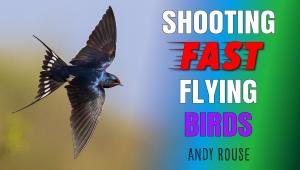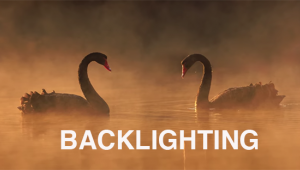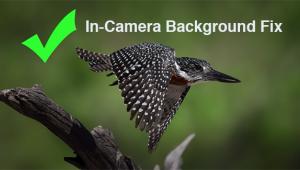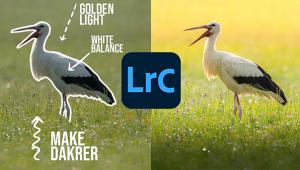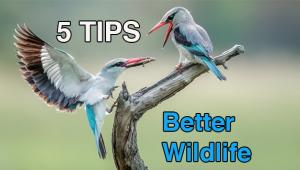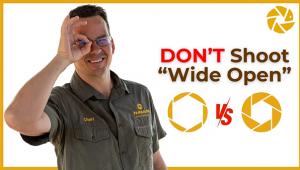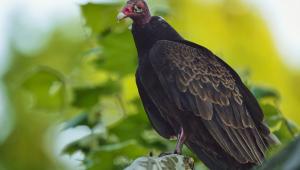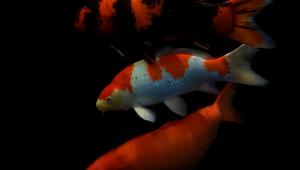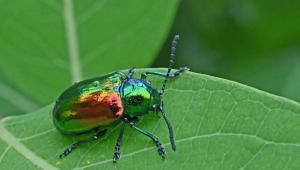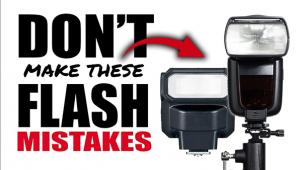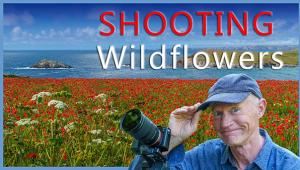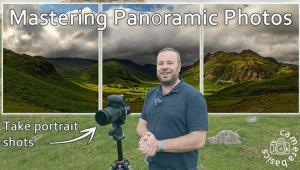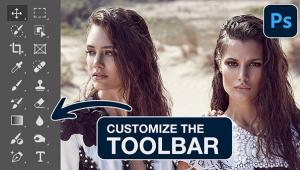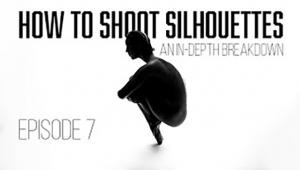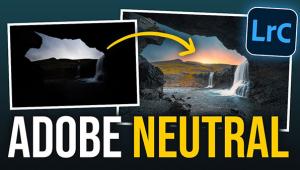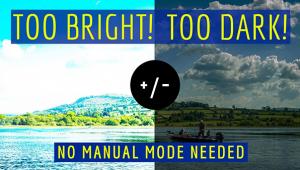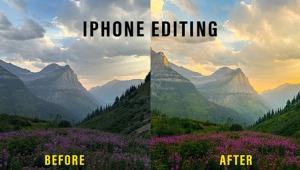Beginner Tips for Epic Bird Photos & Other Wildlife Too (VIDEO)

If you're just getting started in wildlife photography, today's tutorial is a great place to start. You'll pick up five effective tips in less than seven minutes from an experienced pro who really knows his stuff.
Paul Miguel is a versatile British outdoor photographer whose portfolio includes an eclectic mix of stunning landscapes, macro photos and wildlife imagery. The videos he posts reveal cross-genre techniques for capturing great images of just about any subject you photograph in the field.
This episode is devoted to wildlife photography, with a particular emphasis on our feathered friends, but what you'll learn is equally appropriate for making amazing photos of whatever animals you come across. Birds are great subjects for those new to the craft, because they're easy to find at a local park or nature center, and even in your own backyard.

The five tips discussed in this lesson include everything from the necessary gear, shooting techniques, exposure and other camera settings, and even what Miguel refers to as "fieldcraft." You'll also find a short list of the equipment he prefers in the description beneath the video.
Miguel's first recommendation is to "concentrate on your lens," by using a telephoto or telephoto zoom with enough power to get relatively frame-filling shots. This largely comes down to budget, and Miguel explains why you should consider investing more cash on premium glass, rather than spending big bucks to update your camera.
Another important piece of kit is a sturdy tripod that will be essential for supporting a camera with its heavy telephoto lens, and this is another acquisition on which you don't want to skimp. That's because cheap, flimsy camera supports may be easier to carry, but they often impart a false sense of security—resulting in soft images due to camera movement (especially in low-light situations).

Miguel then moves on to camera settings and practical advice for improving your technique, beginning with a discussion of Exposure (EV) Compensation and how to put this simple method to work. As he says, "this can make a massive difference in your images." He notes that the feedback you'll receive from the camera while using EV Compensation is a fine way to gain insight on the ins-and-outs of exposing images properly.
There's plenty more great advice in this skill-boosting video, and after putting Miguel's suggestions to work you'll no longer consider yourself a beginner—with some great photographs to prove the point. You can find many more helpful videos on outdoor photography by paying a visit to Miguel's instructional YouTube channel.
And on a related note, don't miss the tutorial we posted from another accomplished pro, revealing his approach to photographing and editing wildlife and nature scenes captured under "terrible" harsh light in the middle of the day.

